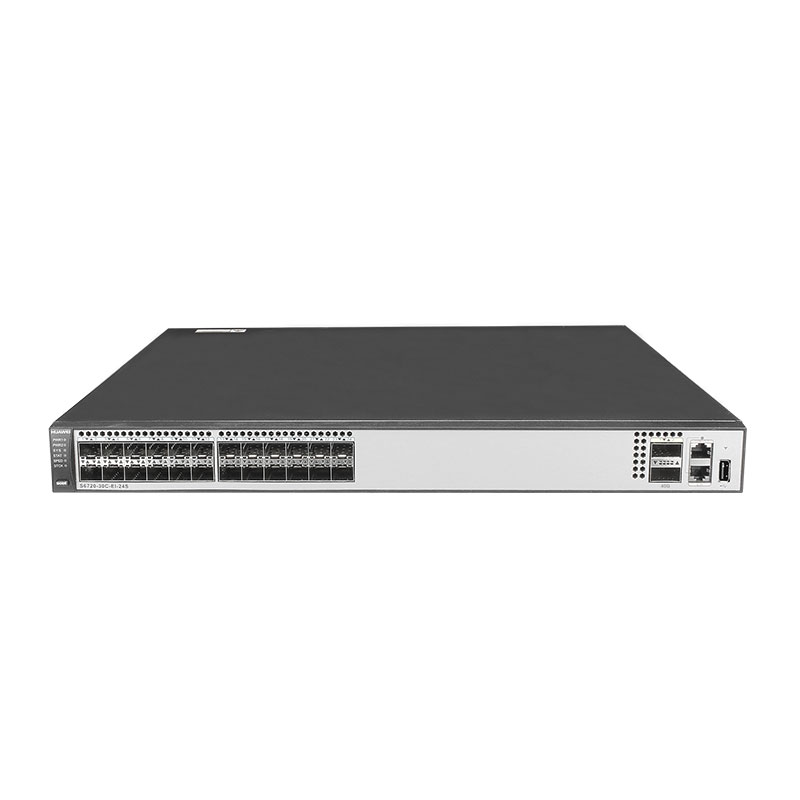The "S6700 24 EI" is a model specification that typically refers to a type of network switch, often used in enterprise level networking solutions. Here's a concise introduction to the key attributes and parameters you might expect from a switch with this model specification:
1. Model Name: S6700 24 EI
This is the identifier for the specific model of the switch.
2. Form Factor: 24 Port
The switch is designed with 24 physical ports for connecting devices.
3. Ethernet Interface (EI): Enhanced Interface
This suggests that the switch may support advanced Ethernet features such as higher data rates, energy efficiency, or advanced management capabilities.
4. Performance: Gigabit Ethernet (1 Gbps)
Each port is likely to support Gigabit Ethernet speeds, providing fast connectivity for devices.
5. Power Over Ethernet (PoE): Capability
The switch may support PoE, which allows it to deliver power and data simultaneously over Ethernet cables, useful for devices like IP cameras or VoIP phones.
6. Layer: Layer 2/3
The switch is likely to operate at both Layer 2 (data link layer) and Layer 3 (network layer) of the OSI model, providing advanced routing and switching capabilities.
7. Management: Web based or CLI
The switch may offer web based management or command line interface (CLI) for configuration and monitoring.
8. Security Features: VLAN Support, Access Control
It may include features like VLANs for network segmentation and access control lists (ACLs) for security.
9. Redundancy: Redundant Power Supply
The switch might have a redundant power supply option to ensure continuous operation in case of power failure.
10. Environment: Enterprise Grade
Designed for enterprise use, the switch is likely to meet high standards for reliability and performance.
11. Warranty and Support: Manufacturer's Support
The switch should come with a warranty and support services from the manufacturer.
Please note that the actual features and specifications can vary depending on the manufacturer and the specific version of the S6700 24 EI model. It's always best to refer to the manufacturer's datasheet or product documentation for the most accurate and detailed information.







